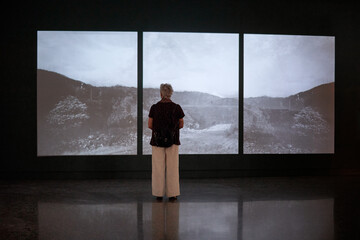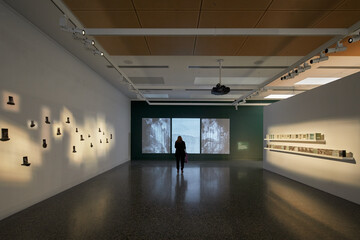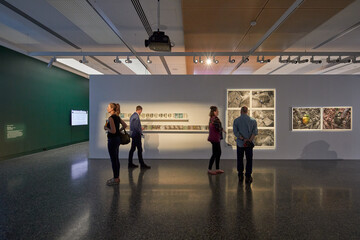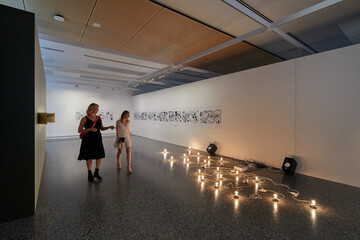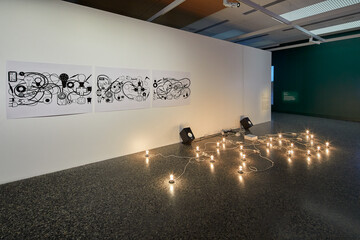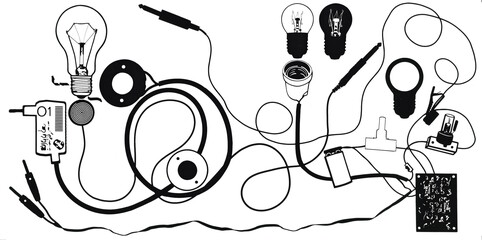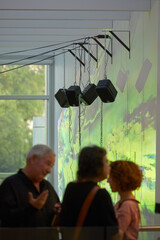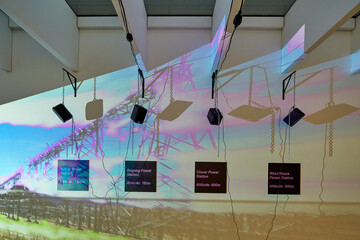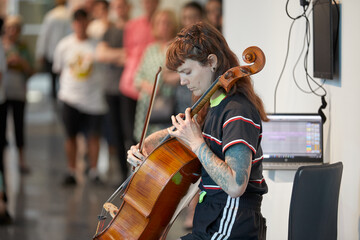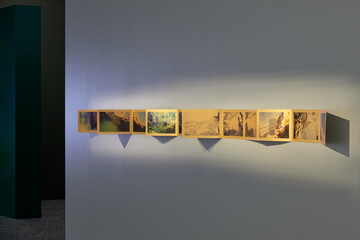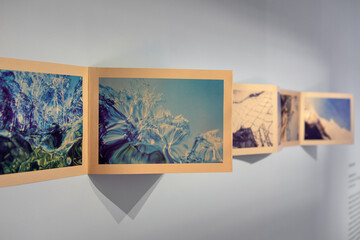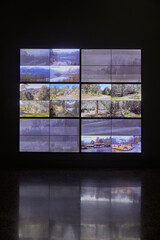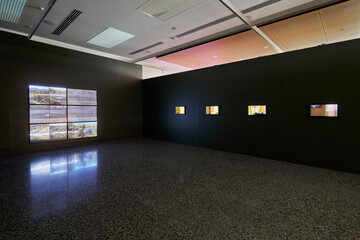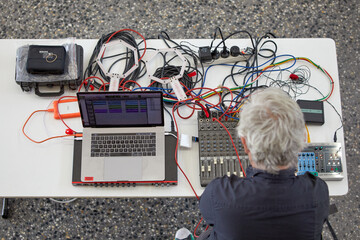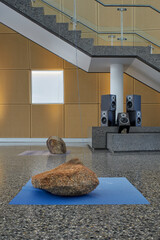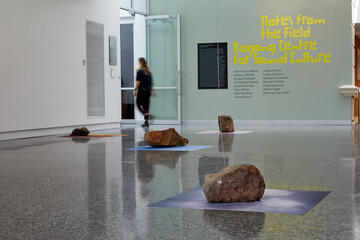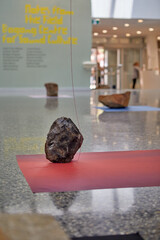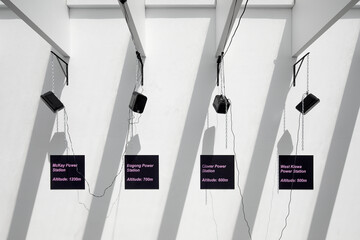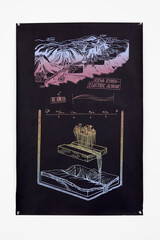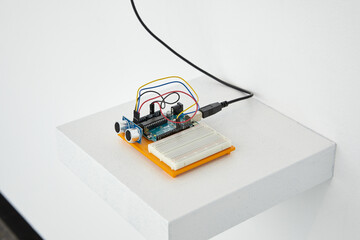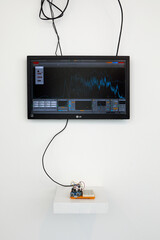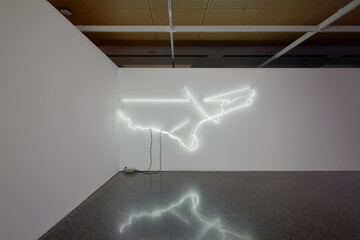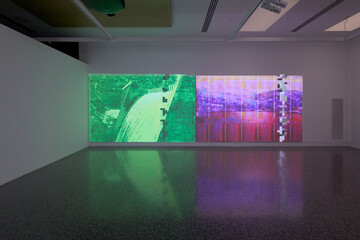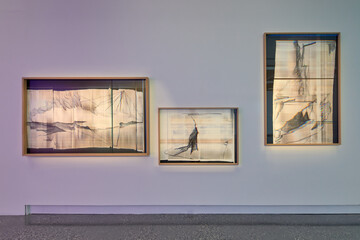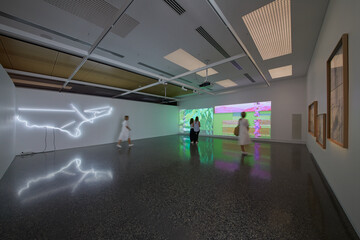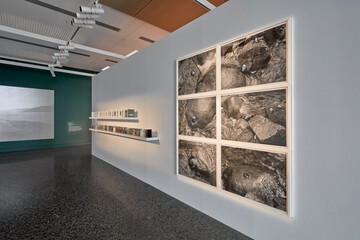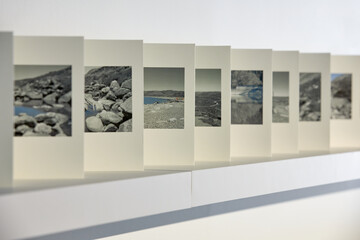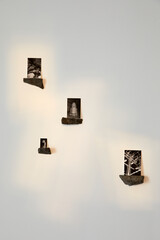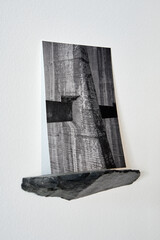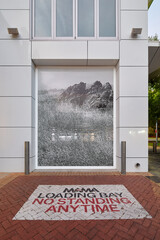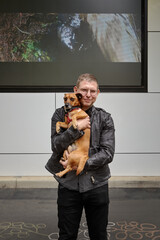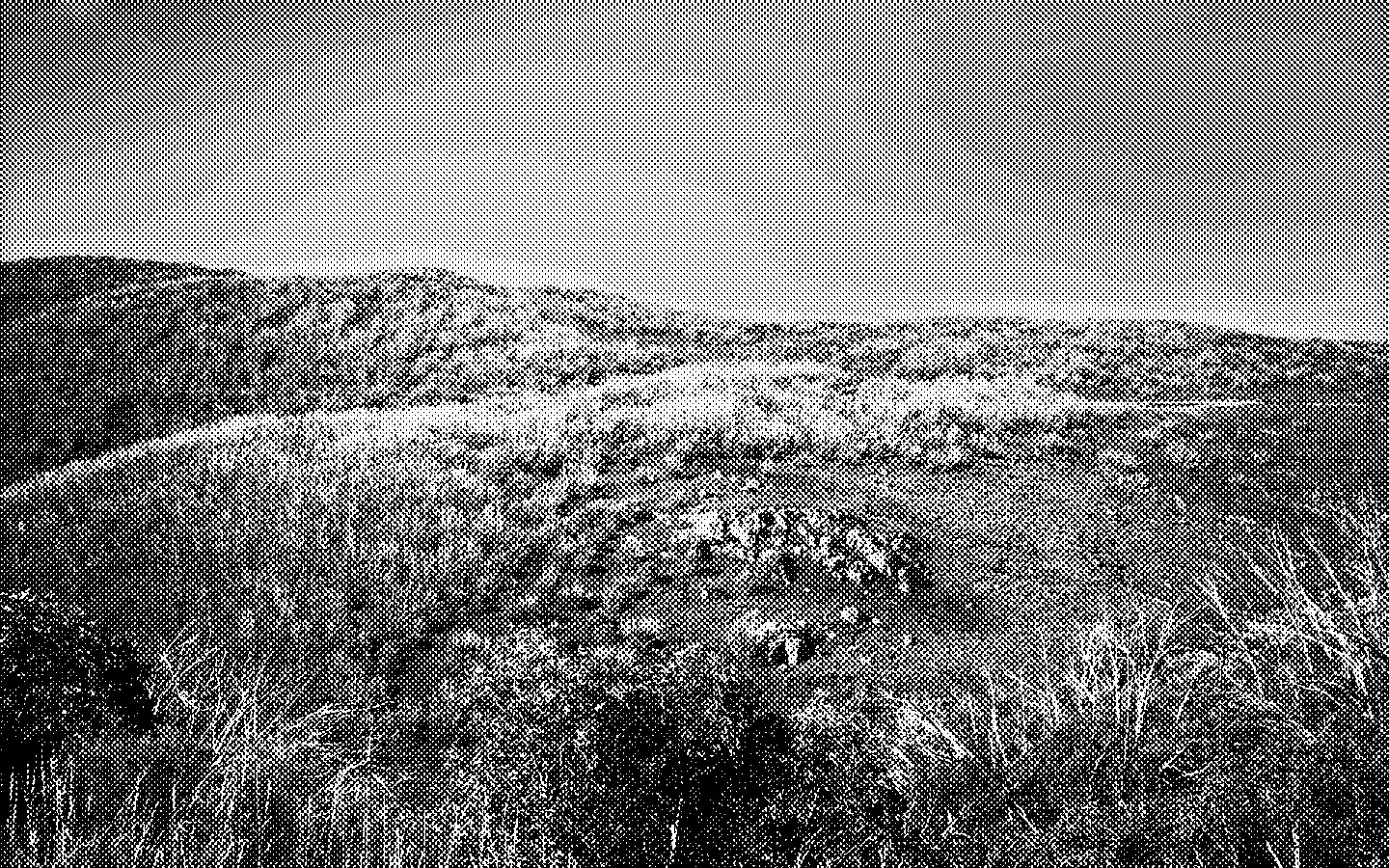
Notes from the Field is first a portrait of a place – Bogong Village, in the Alpine region of North East Victoria. Bogong is a place of exceptional natural beauty, and a site of many intersecting concerns. Halfway between Mount Beauty and Falls Creek, it was established in its current form as a worker’s village for the Kiewa Hydroelectric scheme.
Bogong is the Dhudhuroa word for “big moth” and gives name to Mount Bogong, the Bogong High Plains and Bogong Village, as well as the well-known moth whose existence is now threatened through industrial agriculture, habitat destruction, climate change and other anthropogenic impacts. The discordant relationships between industrial technologies, human involvement and the environment is stark in the unique setting of Bogong Village. The power station is a major presence in the village, and although hydroelectric technology promises to produce green energy, the damming of the Kiewa river has forever altered the valley’s ecosystem and landscape.
It is in this environment that Madelynne Cornish and Philip Samartzis have been running the Bogong Centre for Sound Culture for the last ten years. The centre invites artists from across the globe to travel to this remote part of Australia and immerse themselves in the site. The artists mainly engage in fieldwork, a process of recording, compiling and organising information, such as sound, video, photographs, and sketches.
Notes from the Field brings together the work of 15 artists who have been resident at Bogong Village over the last ten years, with work presented both in the gallery spaces and online. Notes from the Field celebrates the incredible initiative of this globally reaching and supportive artist residency program in North East Victoria. The artists have observed and recorded the dissonance between landscape, humans and technology and now present their findings for us to consider.
Michael Moran, Curator
Murray Art Museum Albury
Fieldworks
(44)‘(Sarah Edwards) The leaves form a richly coloured ground cover that carpets the moist earth and squelches underfoot.’
Online works
(10)-
Yellow Mountain
-
Village Loop
close(Madelynne Cornish)
Village Loop is an audio-visual work investigating the eco-acoustic characteristics of Bogong Village. The work is an attempt to express the experience of isolation while living in a remote community (of few permanent residents). Using an iterative process of documentation, various details and characteristics were recorded each day to reveal changes in atmosphere, variations in habitat, and processes of land management. The editing process included temporal disruptions and colour alteration to fracture the image quality to convey the psychological experience of isolation.
Village Loop was supported by Creative Victoria through Regional Arts Victoria and the Sustaining Creative Workers initiative.
-
Diffraction
-
An Hour Working as a Dog
close(Justas Pipinis)
Single channel video with stereo sound
Duration: 12 minutesArt Director: Justas Pipinis
Director of Photography: Archibald Hunter
Leash Director: Madelynne CornishAn Hour Working as a Dog is a mapping of Bogong Village with a small terrier, Archie, as a guide. Justas was an artist in residence at the Bogong Centre for Sound Culture in 2020. Like his fellow artists in the exhibition, Pipinis used his time at Bogong to record the environment around the Village. Where his project departs is in using Archie as a camera dog. Nightly walks around the village and the lake become fieldwork sessions with a camera mounted to Archie. This playful shift in perspective unsettles categories and conventions of fieldwork and invites audience to see the world anew.
-
Electric Fairy Grounds I
-
Intertwining
close(Sabine Vogel)
During my time at the Bogong AIR residency in 2015 I mainly worked with two gum trees, which I connected through a fishing line, that acted as a wind harp. Connecting trees refers to a scientific study about the communication of trees: It works through a complex system of roots and some fungus — an underground network. The study says, that the biggest and strongest trees are “mother trees” and work like a communication centre of a forest area. I used strips of bark of these trees and hang it over the fishing line and “played” it, using contact microphones to amplify them. Additionally, I responded to it through improvising with my flutes.
The heart of Intertwining is the sound experiments with these connecting trees, but as I did more excursions around Bogong Village I weave in close-up recordings - which make almost inaudible sounds audible like underwater recordings with a hydrophone or a microphone inside the flute, binaural recordings with which I listened very closely to the crickets while slowly moving my head- and recordings, that made use of the hydro dam’s space and reverb. The trees are connected to each other, they are connected with the water, the earth, the wind, the birds. My walks are creating connection of places, my flute playing and breathing connects myself with the environment, my listening intertwines place, space and time.
-
Energy Fields
-
Silhouette
close(Michael Vorfeld)
With the help of various light sources, Michael Vorfeld designs ephemeral, constantly changing, visual situations. The focus of his performance in front of the camera is on the direct connection between light and performer, as well as the interaction of light and space. The edited visual events are supported and commented by a soundtrack, which generates its acoustic material directly from a variously manipulated electrical current flow. A film with surprising perceptual situations full of atmospheric density and sensual intensity.
‘The language, the dance and the music were high performances of the intuitive time-space functionality, and the optics must follow in a new way.’
Raoul Hausmann, from Manifeste und Proklamationen der europäischen Avantgarde (1909–1938)
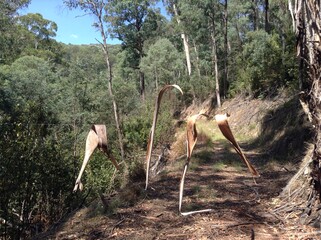
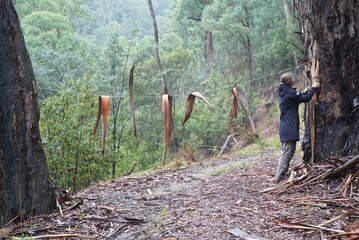
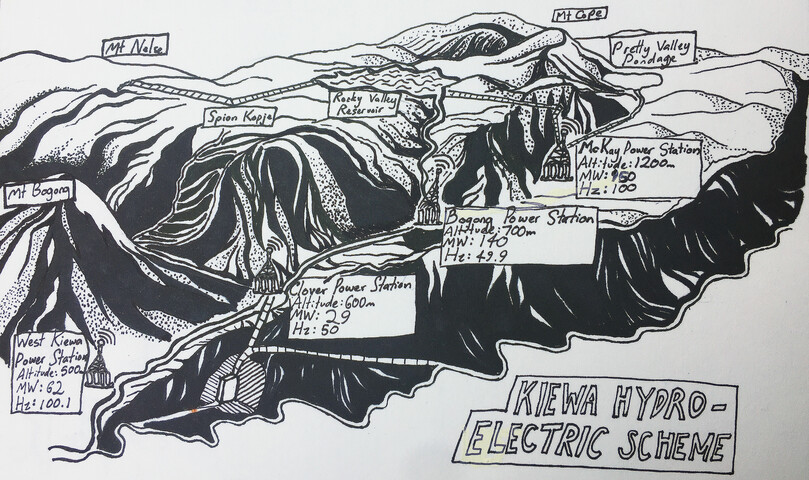 01
01 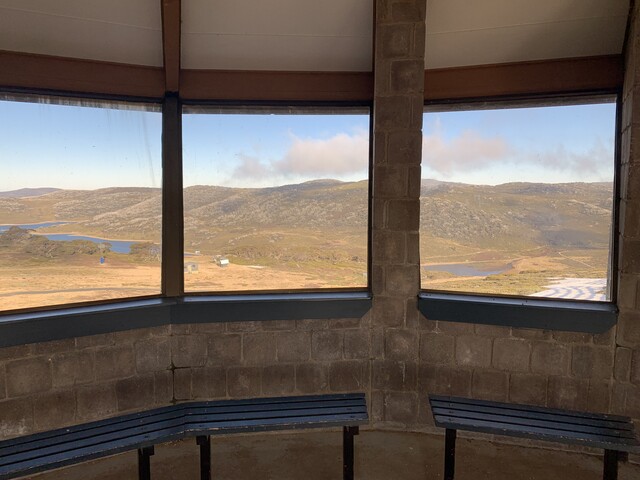 02
02 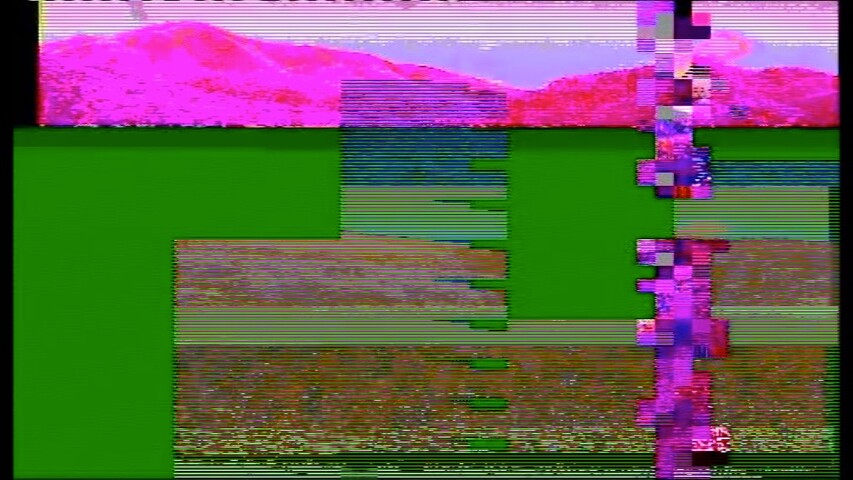 03
03  04
04 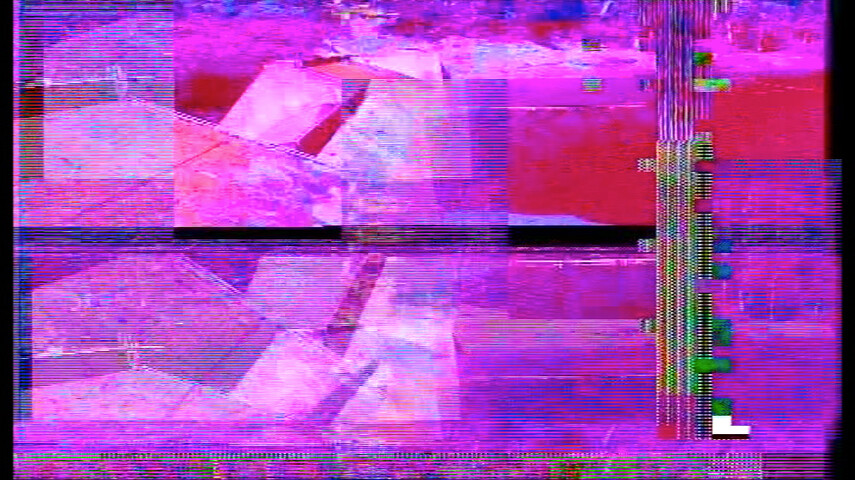 05
05 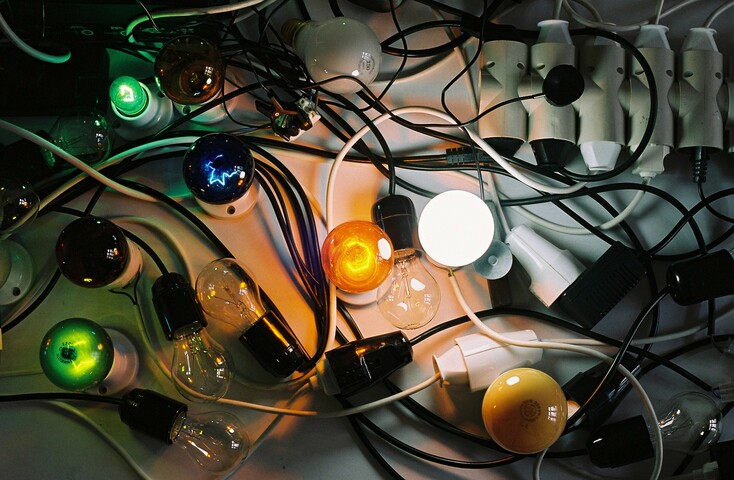 06
06 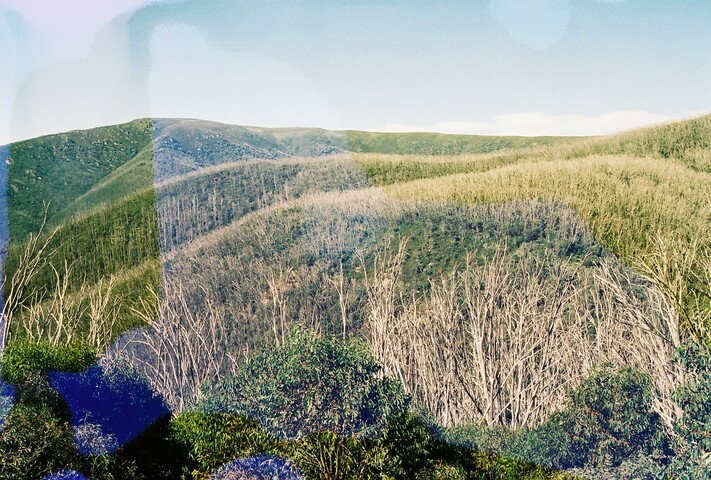 07
07 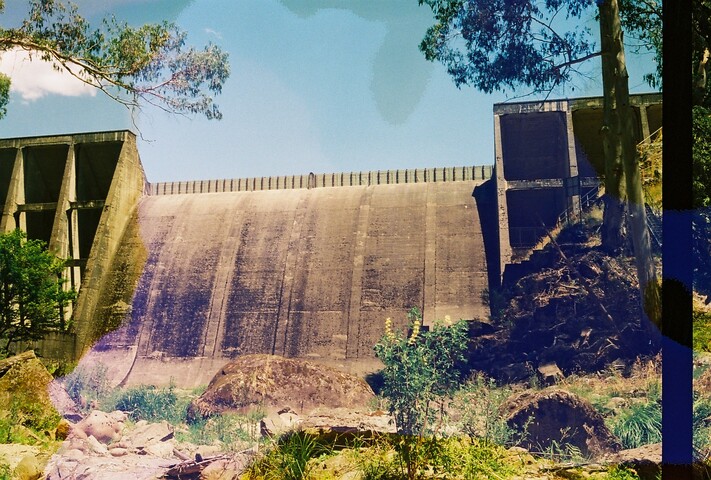 08
08 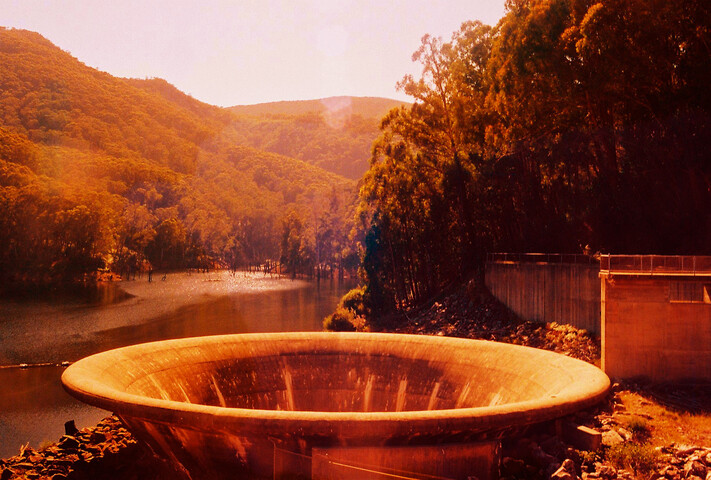 09
09 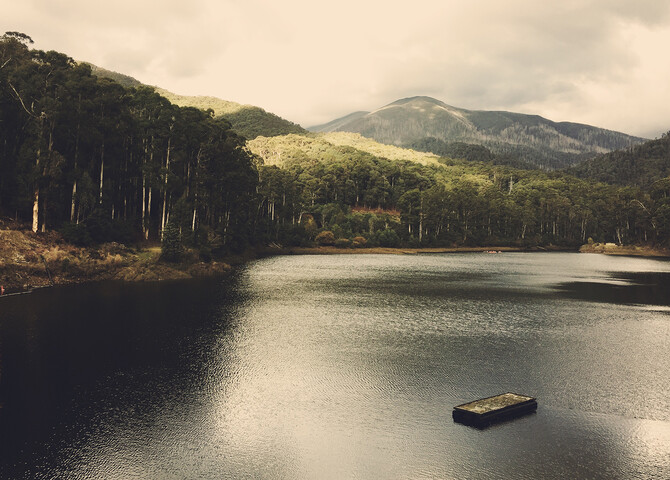 10
10 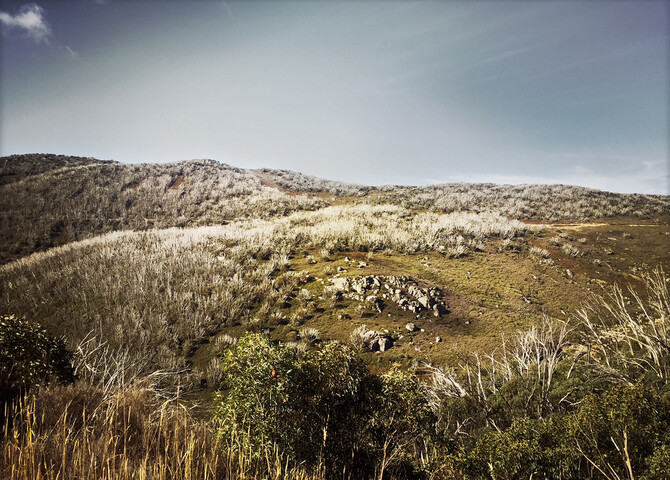 11
11 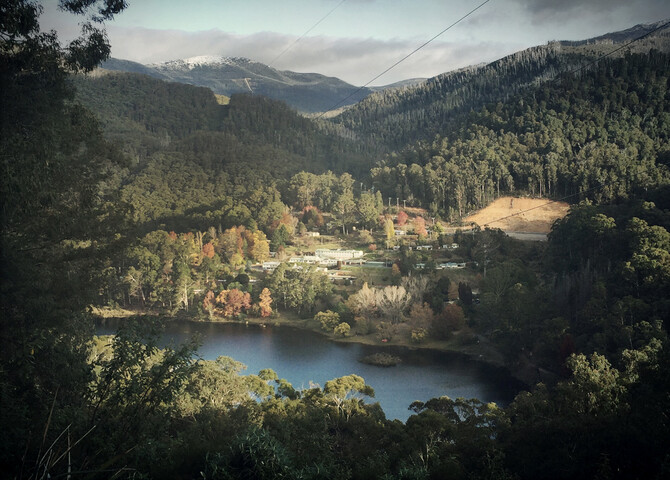 12
12 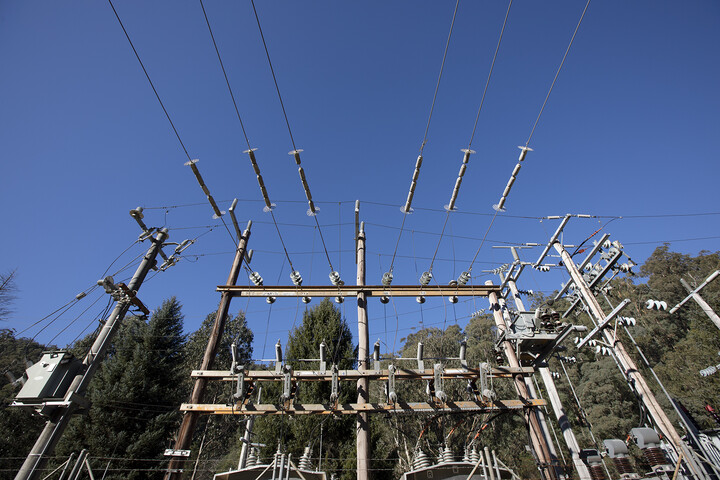 13
13  14
14 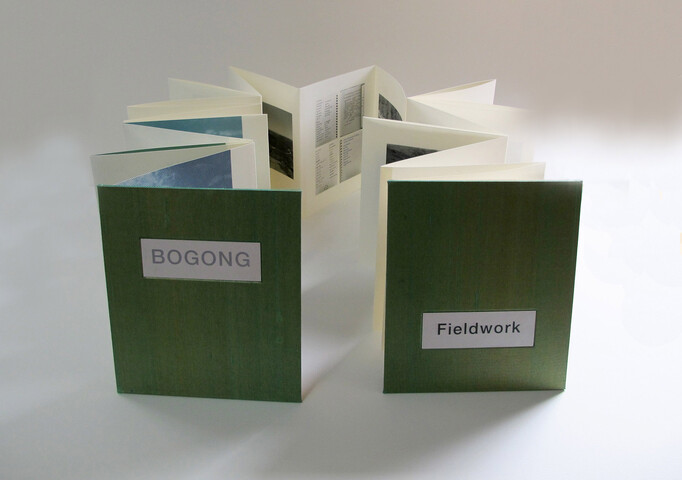 15
15 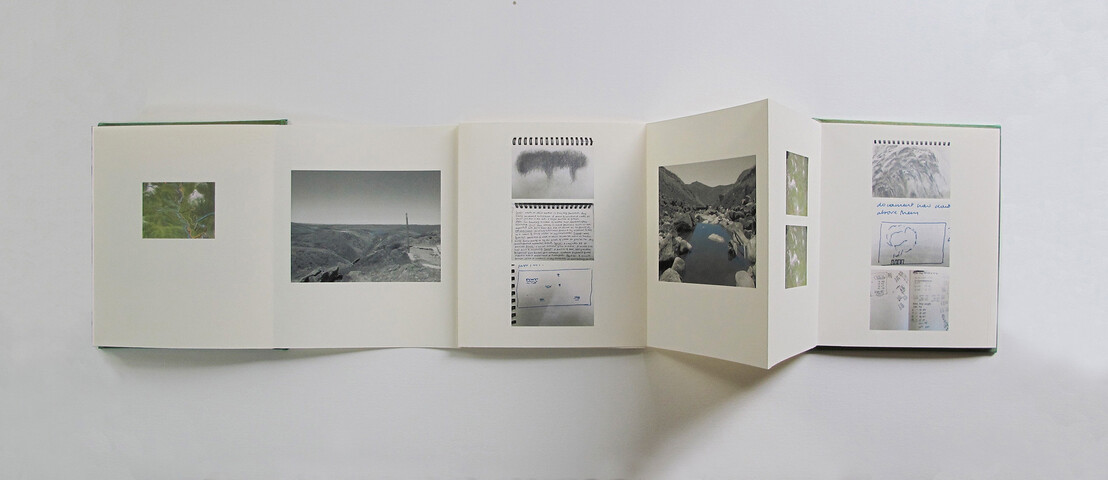 16
16 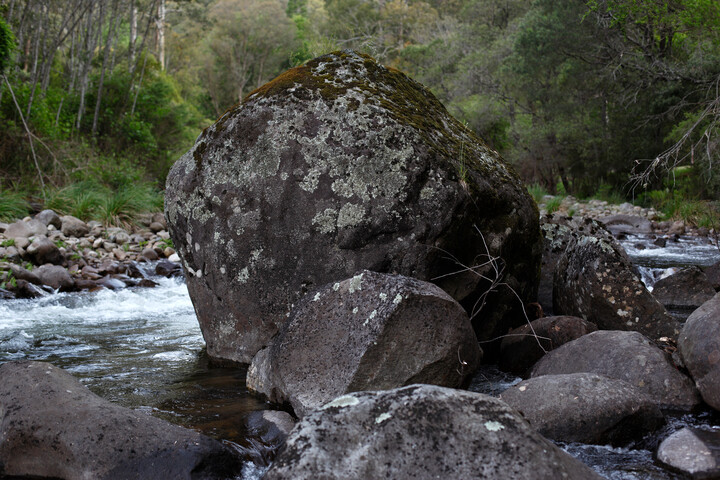 17
17 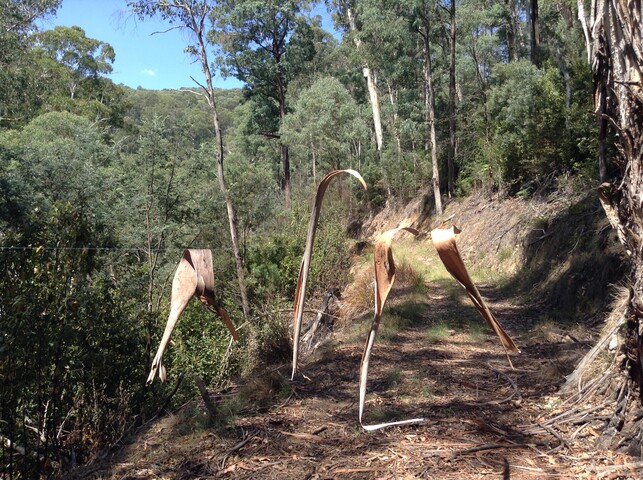 18
18 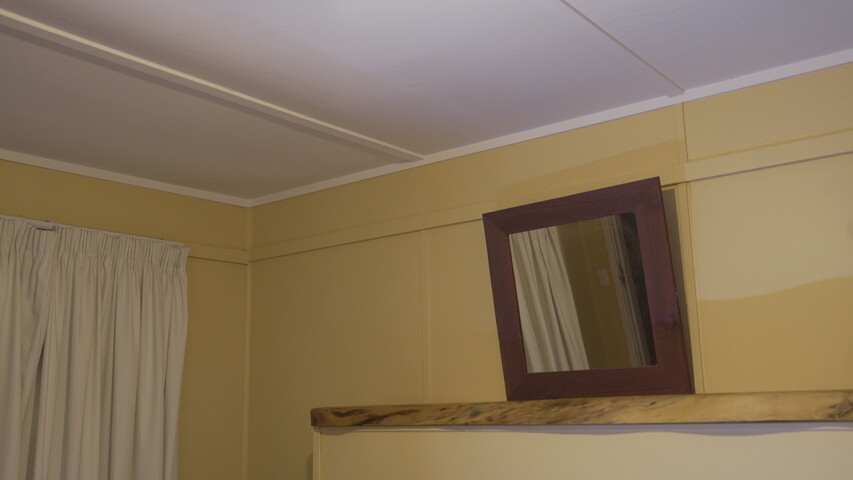 19
19 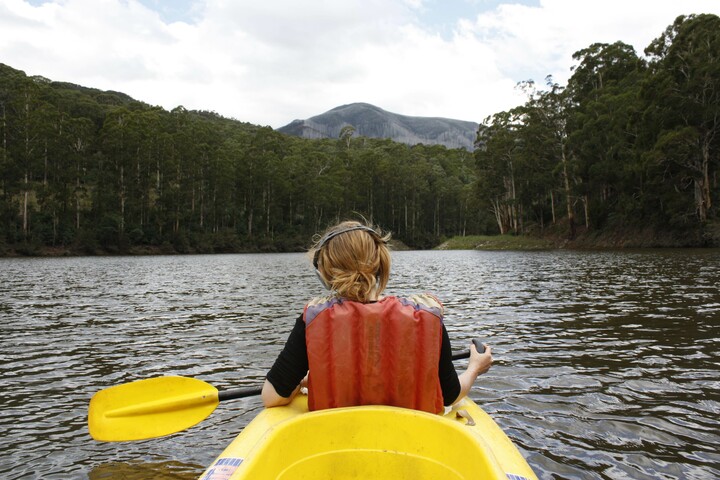 20
20 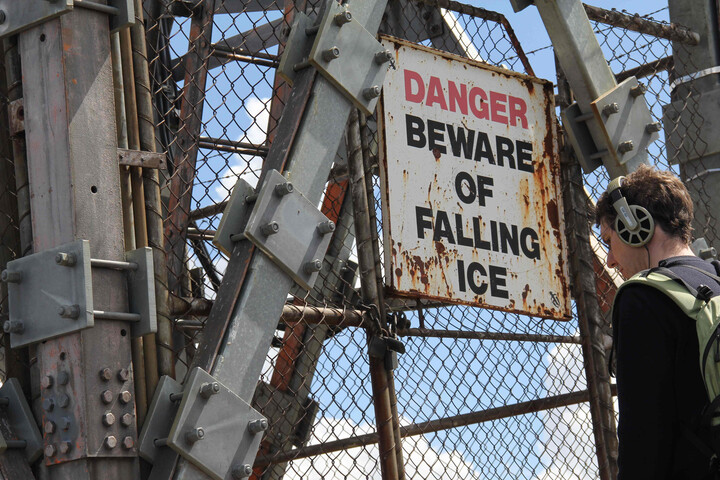 21
21 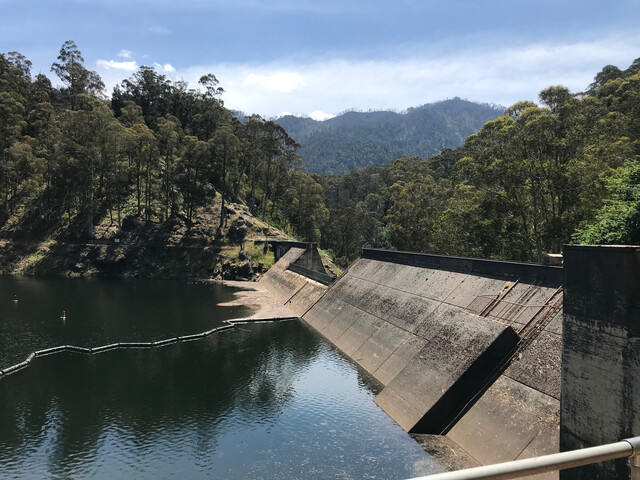 22
22 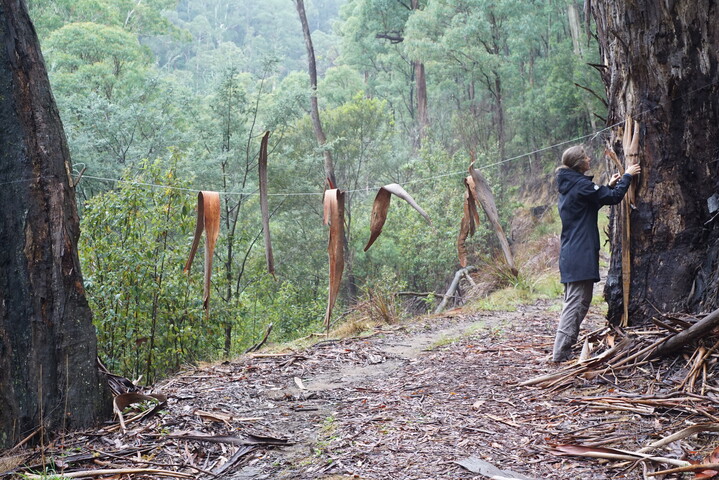 23
23 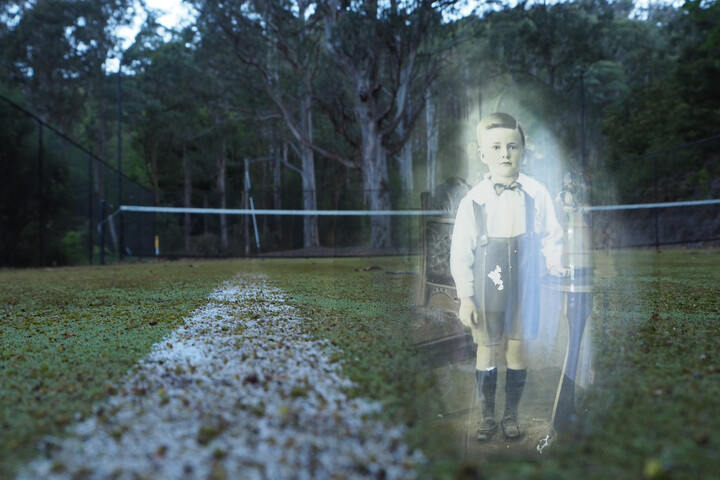 24
24 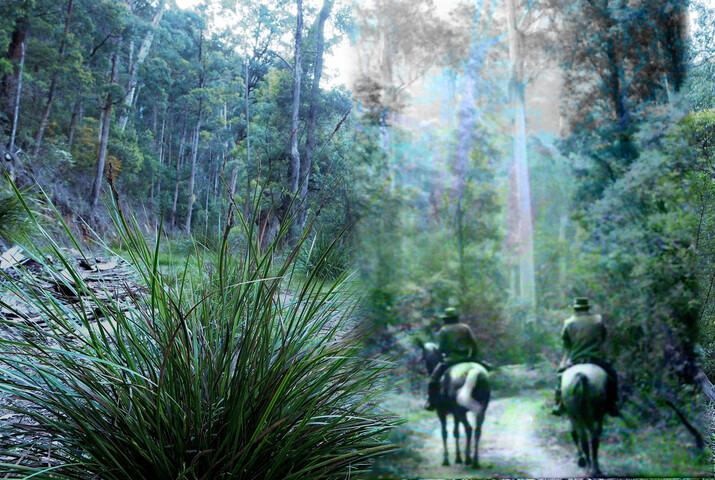 25
25 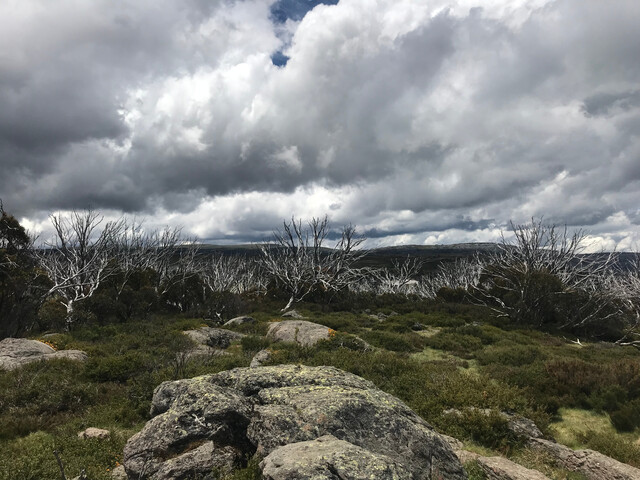 26
26 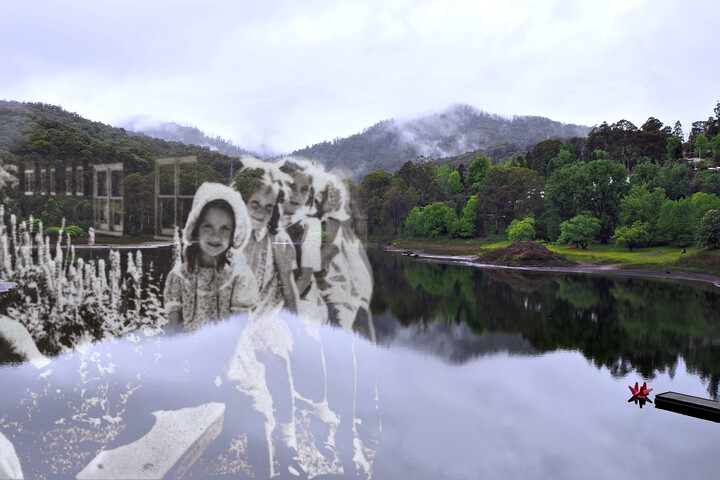 27
27 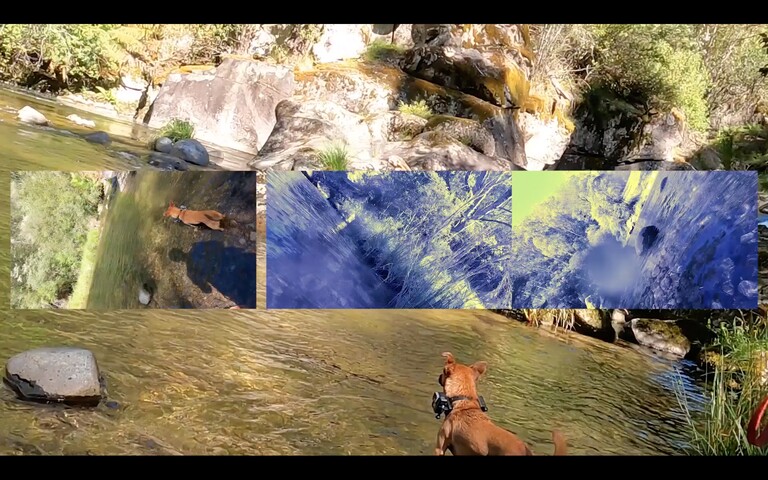 28
28 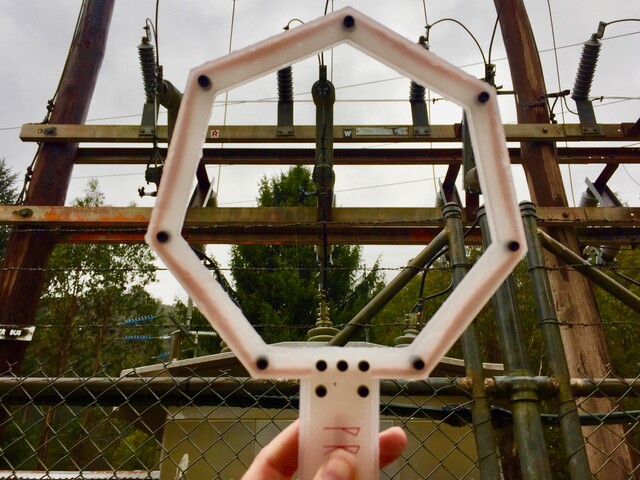 29
29 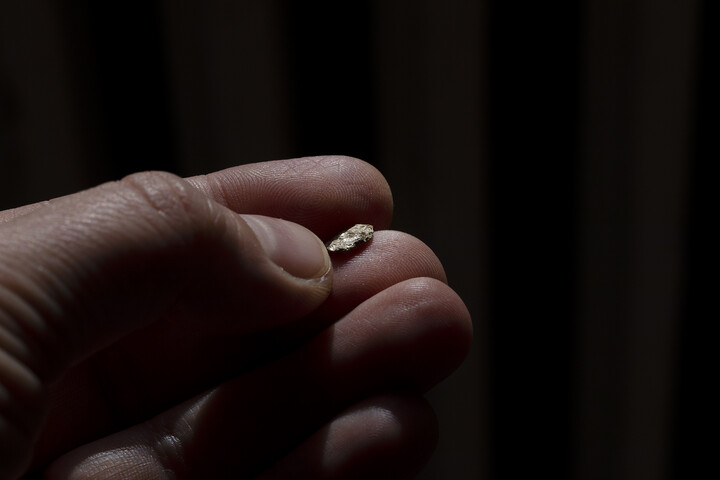 30
30 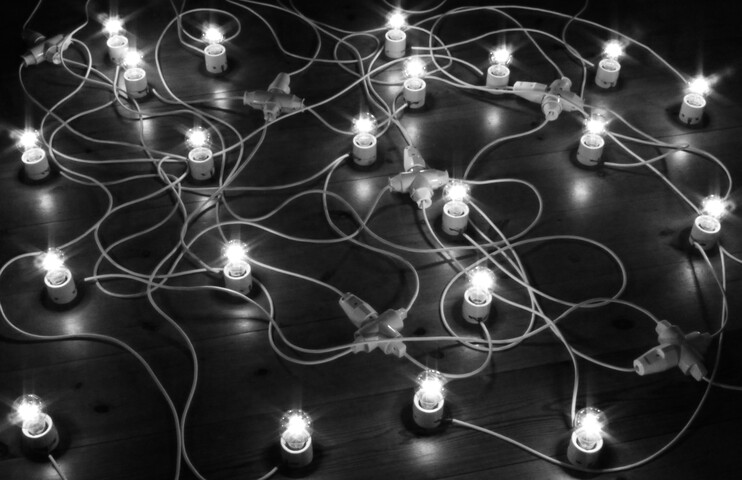 31
31 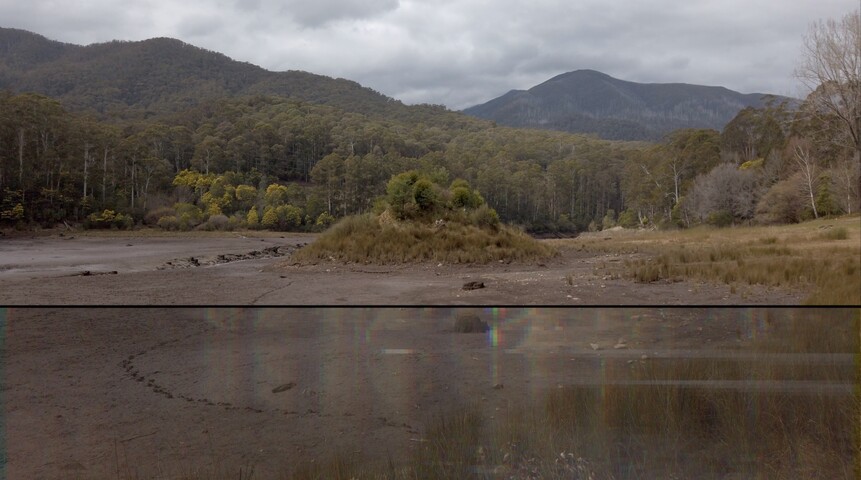 32
32 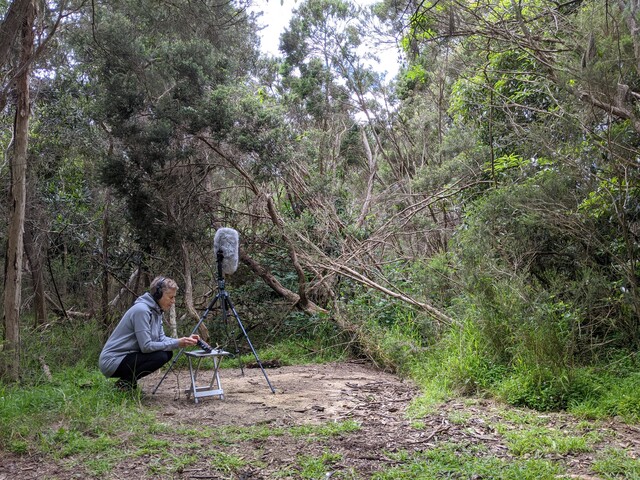 33
33 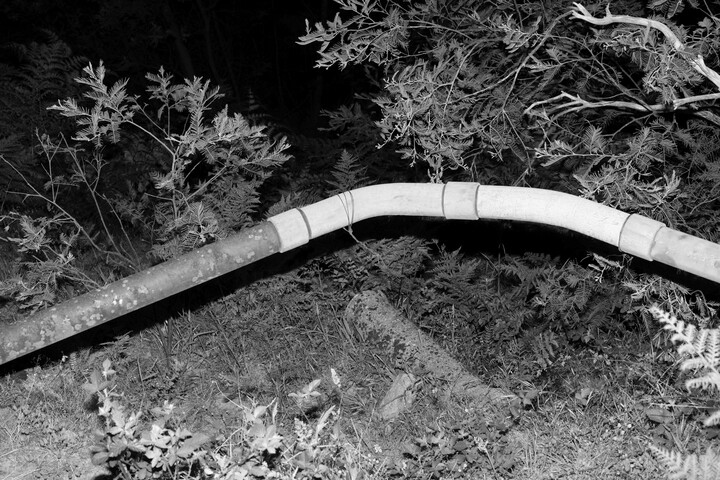 34
34 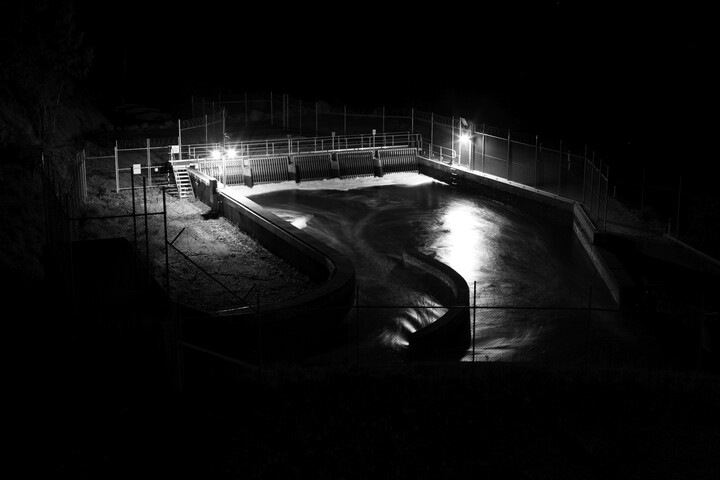 35
35 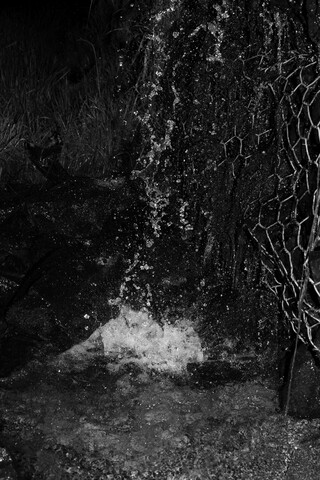 36
36 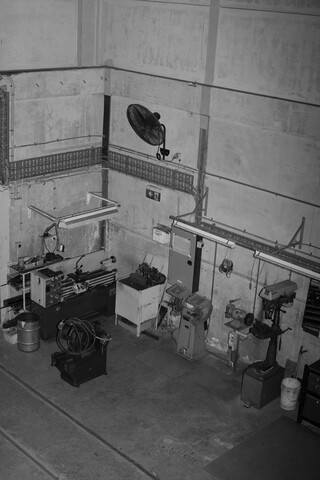 37
37 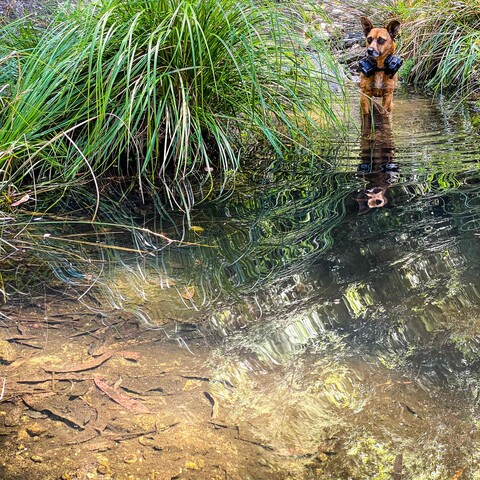 38
38 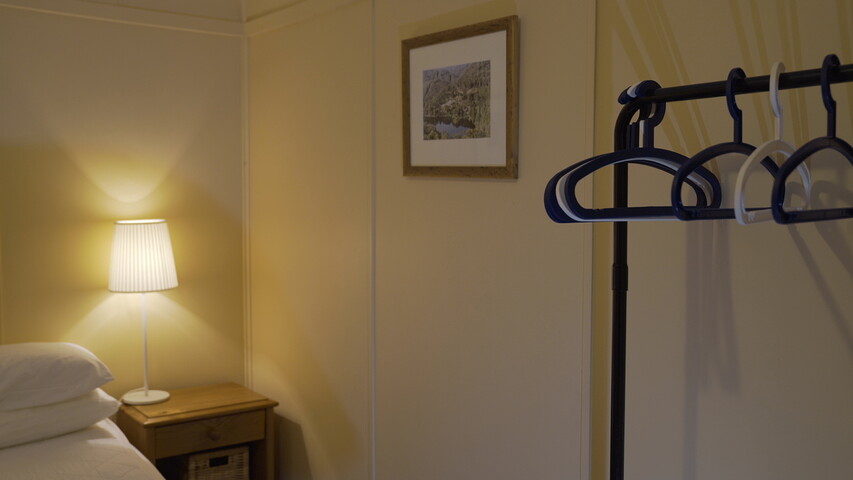 39
39 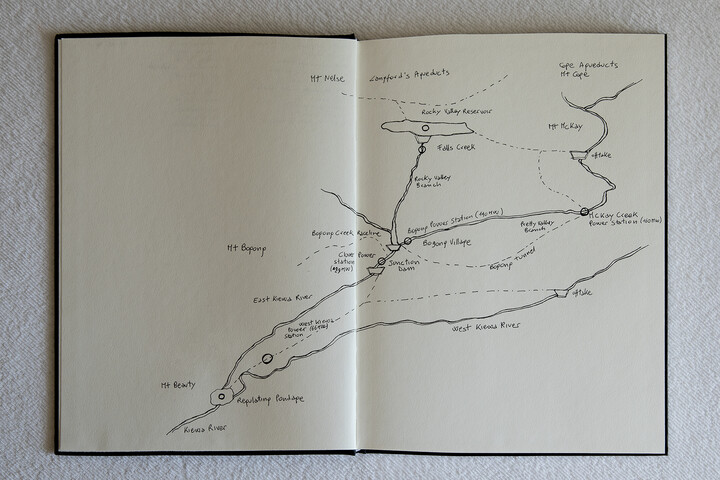 40
40 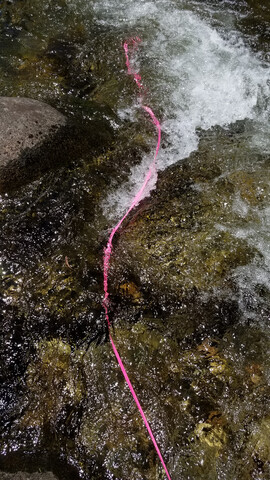 41
41  42
42 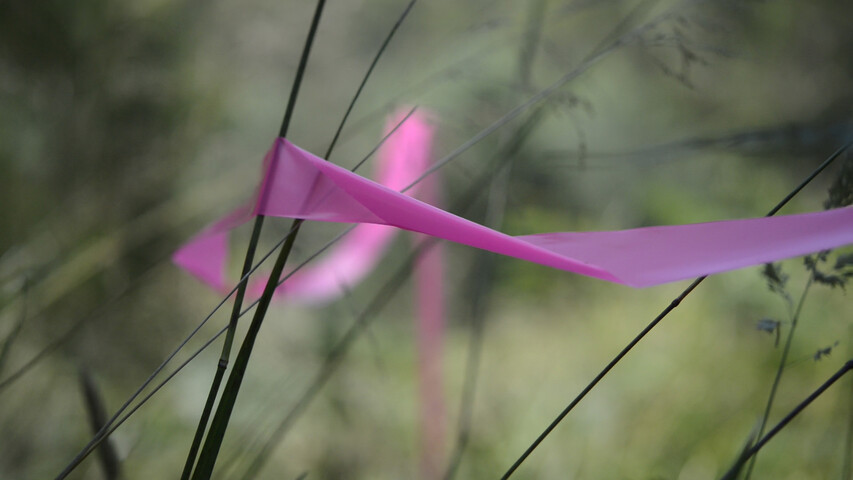 43
43  44
44 
